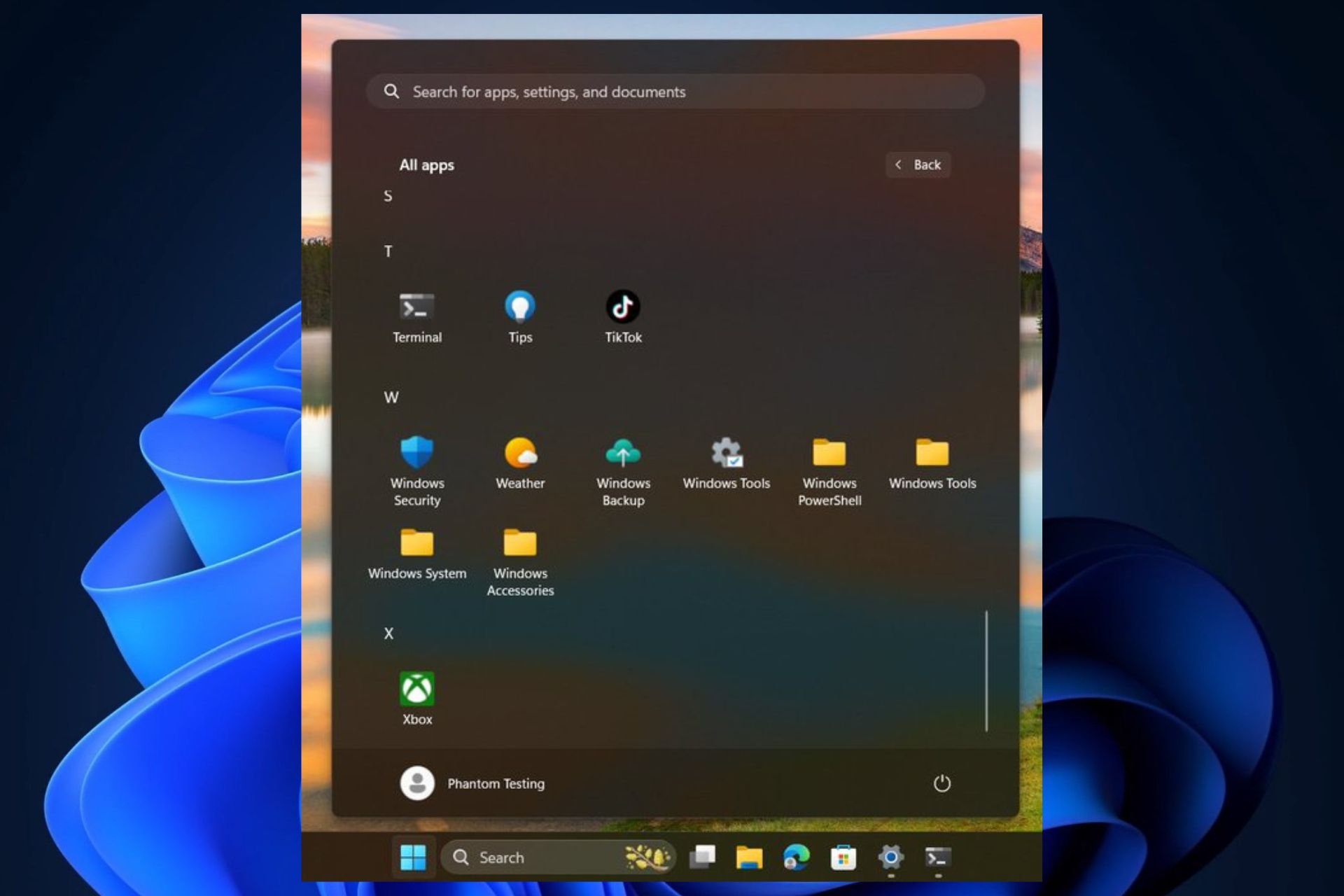Intel has been contributing to the larger Microsoft Edge codebase
3 min. read
Published on
Read our disclosure page to find out how can you help Windows Report sustain the editorial team Read more
Some would argue that Microsoft’s long-time partnership with Intel was a blessing and a curse. It benefited Microsoft to have a chip maker who’s product help power their OS. However, some would argue that Microsoft was shackled by Intel’s development schedule. Regardless of the relationship dynamics, due to their dominance and cozy relationship, both giants arguably slept away an entire decade of progress. It wasn’t until the blossoming of mobile that both Intel and Microsoft found themselves in actual market competition.
Unfortunately for the two, both companies responded poorly. Microsoft rushed out Windows 8 and showcased it on their first ever computing device. The original Surface RT was a glitchy underpowered mess that tried to break the shackles of Intel’s development cycle by omitting the desktop environment Intel chips thrived in. On the other hand, Intel sat on the sidelines while trying to develop a chip competitive enough to put on mobile devices. Intel’s competitive absence in this space cost them money and OEM confidence as tablet and phone makers gravitated to more mobile friendly alternatives. By 2013, some journalists and analysts were calling for the demise of the once dominant Wintel partnership.
Despite past situations, Microsoft and Intel are back at work with another. Intel’s contributions to Microsoft are now going beyond chipsets, and into the world of browsers. Thanks in part to Intel’s contributions, Microsoft’s new Edge browser will now host SIMD and other performance enhancements.
According to the Microsoft Edge Dev blog, “Intel has been contributing to Chakra, the JavaScript engine for Microsoft Edge (and previously Internet Explorer), since 2012, bringing their expertise in web runtime development and JIT code generation.” Apparently, Intel has been offering significant contributions to open source projects like WebKit, Blink, Gecko for quite some time now. This time around Intel has helped Microsoft with performance-based improvements to the Edge browser.
Microsoft and Intel began their collaboration with Chakra back in the days of Windows 8.1. Intel offered direct contributions to the Chakra JIT compiler to include better scheduling and instruction selections. In Windows 10, Intel engineers are working closely with Microsoft to deliver Single Instruction Multiple Data (SIMD). The idea is that implementing SIMD would result in much faster code execution. This process becomes useful when the browser is processing multimedia, games, and other resource-intensive applications. Microsoft would like to combine this technology with others like asm.js to spike JavaScript performance at near native speeds. The current implementation of SIMD is only for a limited subset of scenarios that use asm.js and are running on x86 and x64 hardware. Both Intel and Microsoft teams hope to expand them in support of Chakra and Microsoft Edge.
Also in regards to SIMD, Intel has helped with the performance improvements to the graphics layout and other subsystems of Microsoft Edge. Intel is partly responsible for the optimizing the navigation time for pages containing several inline elements and optimization to reduce DOM parse for text-area elements.
It would appear as Microsoft and Intel look to regain their footing, both are leaning on each other in this new mobile-first frontier. If their partnership continues to produce results like the Edge browser, perhaps Wintel can yet again be a competitive force.









